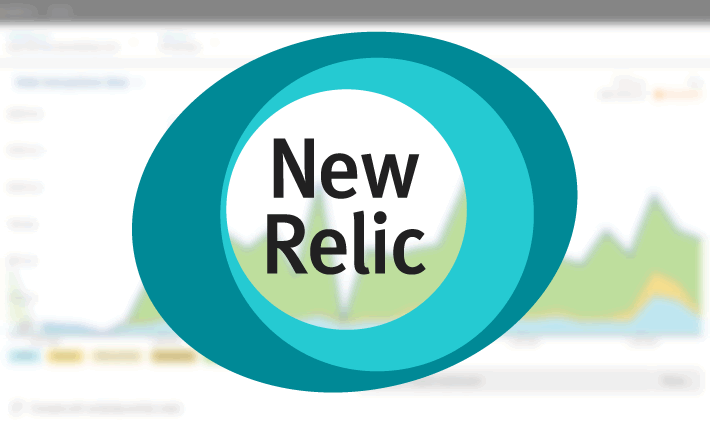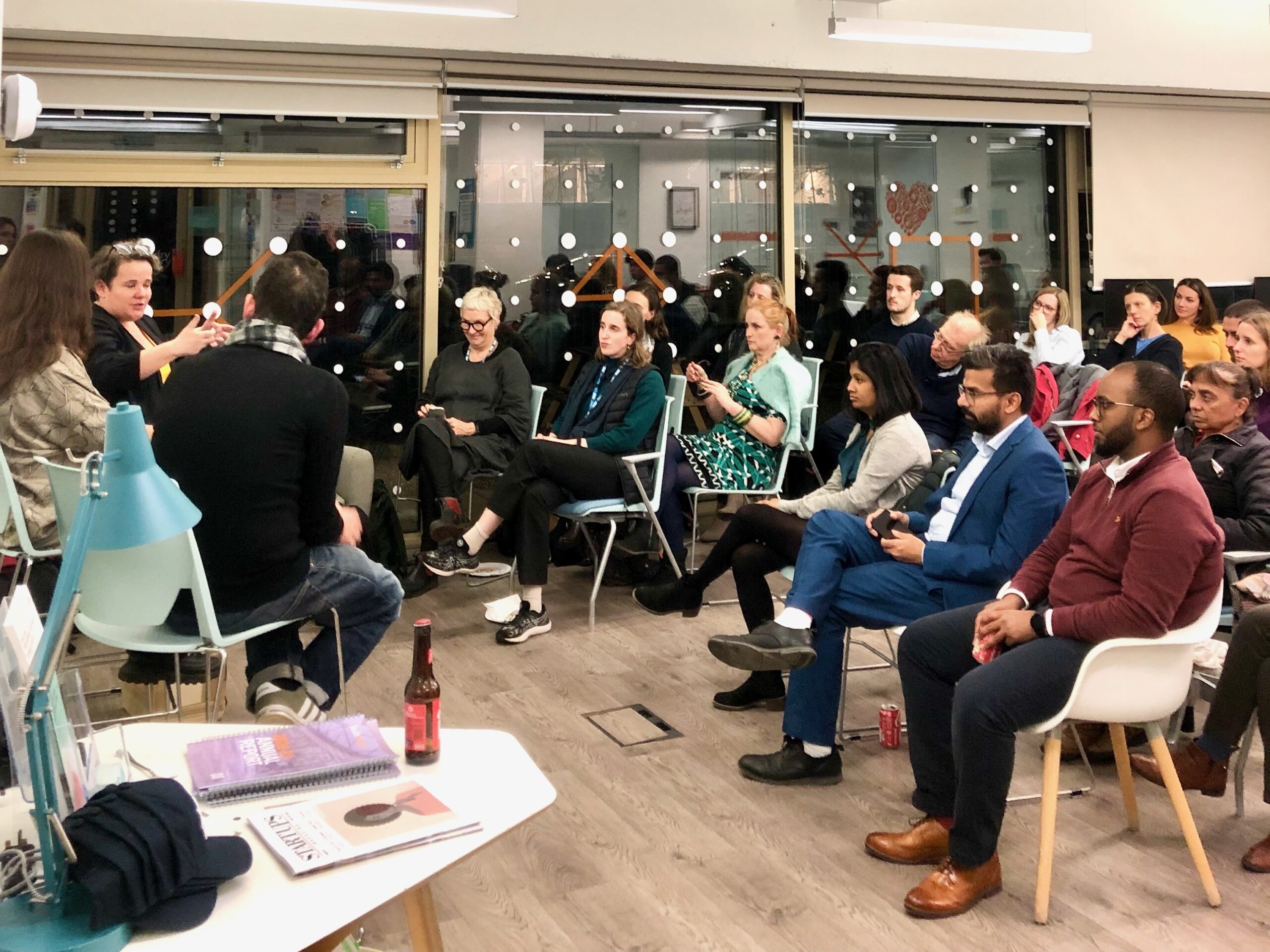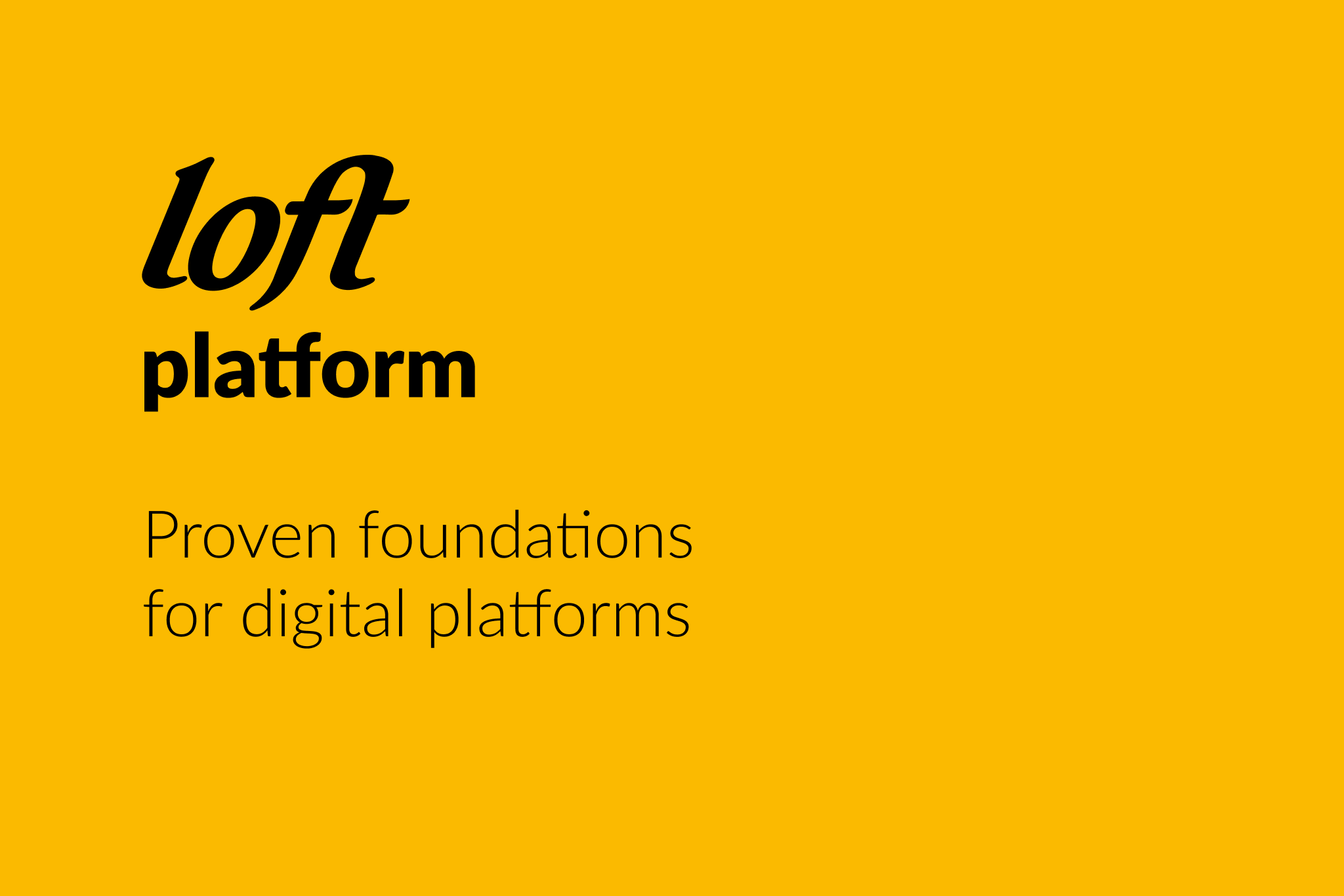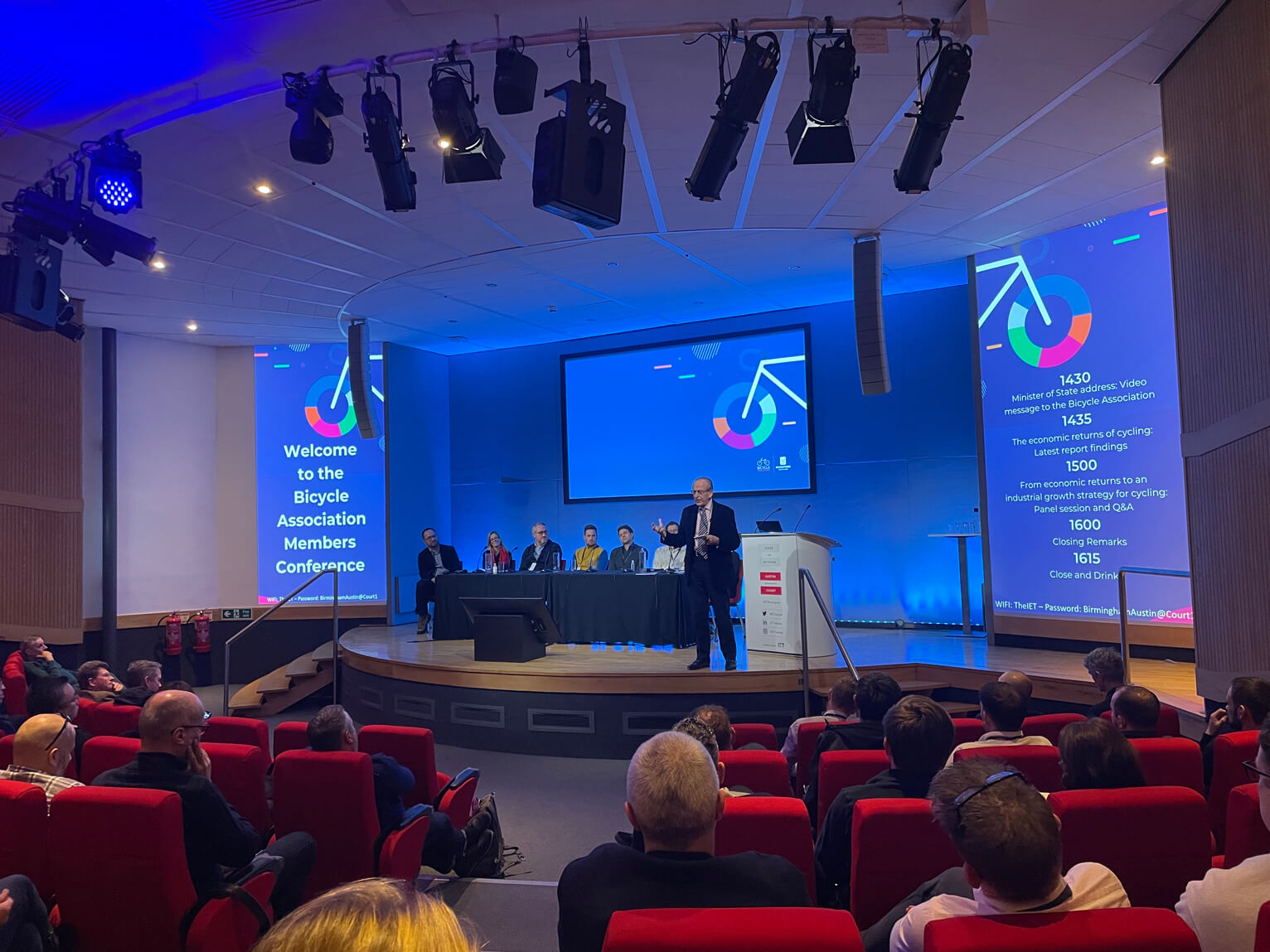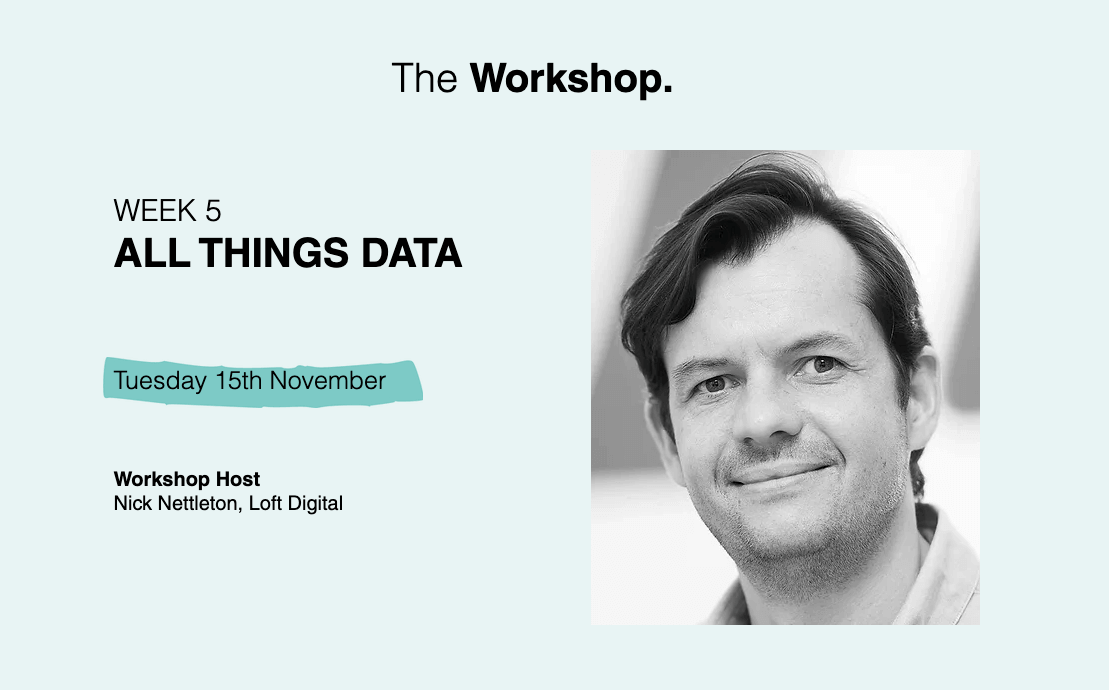We have a number of large scale projects on at Loft at present, and with this in mind massive scalability is one of our primary areas of new research and development.
We are looking at new ways of identifying system bottlenecks, re-engineering components – and also controlling costs in the delivery.
One tool we are making good use of is New Relic, which helps us to monitor application performance and identify genuine bottlenecks in production environments early.
40% of users abandon a website that takes more than 3 seconds to load. We have learnt over the years that it is vital to monitor systems and take action before specific limits and cliff-edges are reached. When this happens, performance can spiral very quickly without warning into a business-impact situation.

